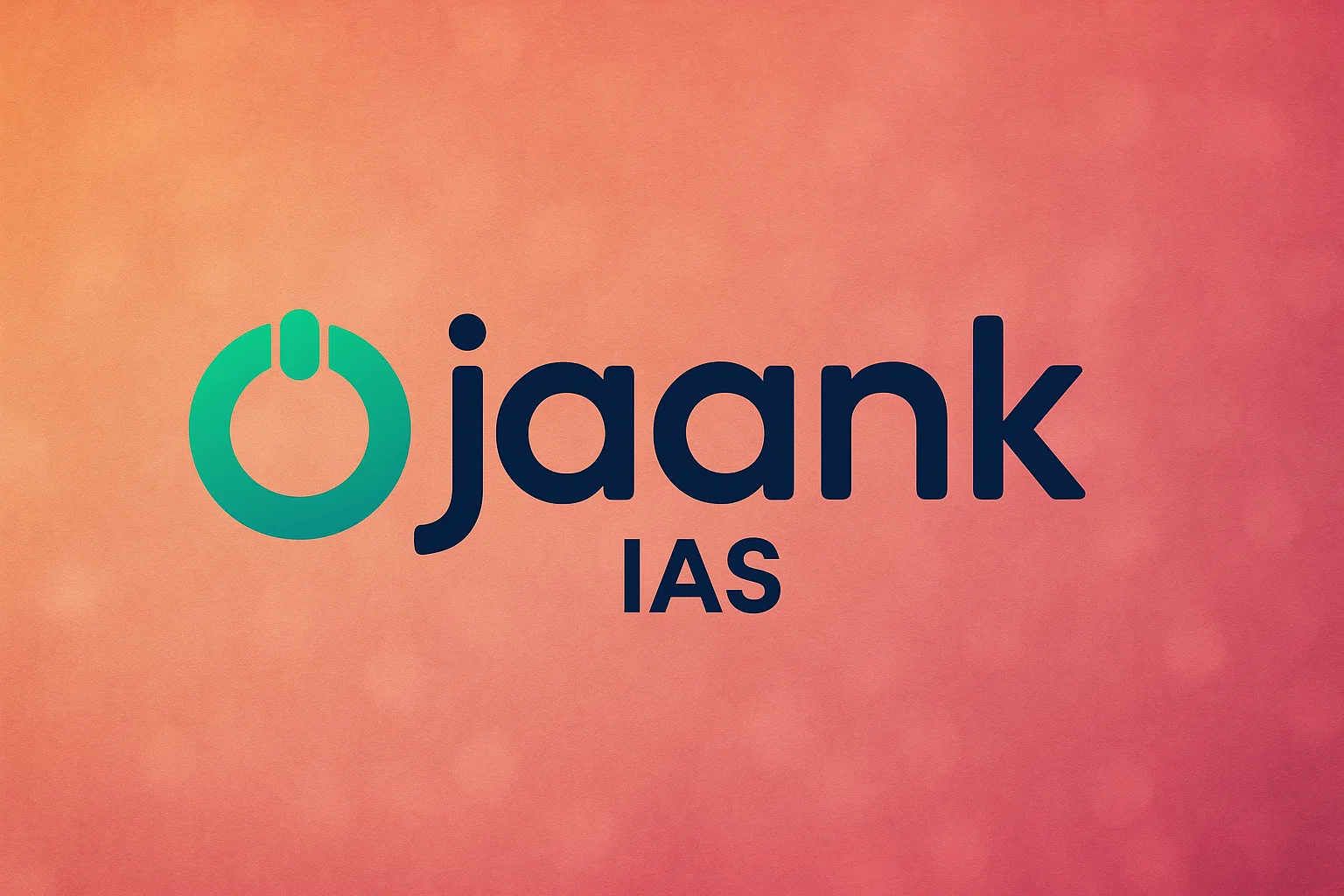Government Initiatives: Real-Time Agri Supply-Demand Model to Predict Prices

The Indian agricultural sector, the backbone of the nation's economy, is poised for a significant transformation with the government's ambitious plans to establish a real-time agri supply-demand model. This visionary initiative aims to revolutionize the way we understand and predict agricultural prices, potentially benefiting millions of farmers and stakeholders across the country.
The Need for Innovation
Agriculture in India is a dynamic and complex sector, characterized by numerous variables and factors that influence crop production, market prices, and overall agricultural performance. Traditionally, these aspects have been challenging to predict accurately, leading to uncertainty for farmers and traders alike.
The Real-Time Agri Supply-Demand Model
The proposed real-time agri supply-demand model represents a paradigm shift in how we approach these challenges. By leveraging cutting-edge technology and data analytics, this model aims to provide real-time insights into the supply and demand dynamics of agricultural products. Here's how it works:
1. Data Integration: The model aggregates data from various sources, including weather forecasts, crop reports, market prices, and historical data. This comprehensive data integration forms the foundation of the predictive model.
2. Machine Learning Algorithms: Advanced machine learning algorithms process the integrated data, identifying patterns, correlations, and trends. These algorithms continuously learn and adapt, enhancing the accuracy of predictions over time.
3. Real-Time Monitoring: The model offers real-time monitoring of factors that influence agricultural prices, such as weather conditions, crop yields, transportation logistics, and consumer demand.
4. Price Predictions: Based on the data analysis and real-time monitoring, the model generates forecasts for agricultural prices. These predictions are not static but evolve as new data becomes available.
5. Decision Support: Farmers, traders, and policymakers can access these real-time predictions to make informed decisions. For example, farmers can decide when to harvest or sell their crops, while traders can strategize their commodity purchases.
6. Policy Formulation: Government agencies can utilize the model's insights to formulate effective agricultural policies, ensuring stability and sustainability in the sector.
The Impact on Agriculture
The real-time agri supply-demand model holds immense potential for Indian agriculture:
1. Risk Mitigation: Farmers can make informed decisions to mitigate risks associated with price fluctuations, weather conditions, and crop management.
2. Efficient Resource Allocation: Precise predictions enable efficient allocation of resources, preventing overproduction or underproduction of crops.
3. Market Integration: The model promotes better integration of agricultural markets, reducing price disparities between regions.
4. Empowering Stakeholders: It empowers farmers, traders, and policymakers with data-driven insights, fostering a more resilient and prosperous agricultural ecosystem.
5. Sustainable Growth: Informed decisions contribute to sustainable agricultural practices and economic growth.
Conclusion
The government's initiative to establish a real-time agri supply-demand model is a testament to India's commitment to modernize its agricultural sector. By harnessing the power of data and technology, this innovative approach has the potential to bring about transformative changes, ushering in a new era of stability and prosperity for Indian agriculture. As the model evolves and becomes fully operational, it holds the promise of revolutionizing the way we understand, predict, and navigate the agricultural landscape in India.